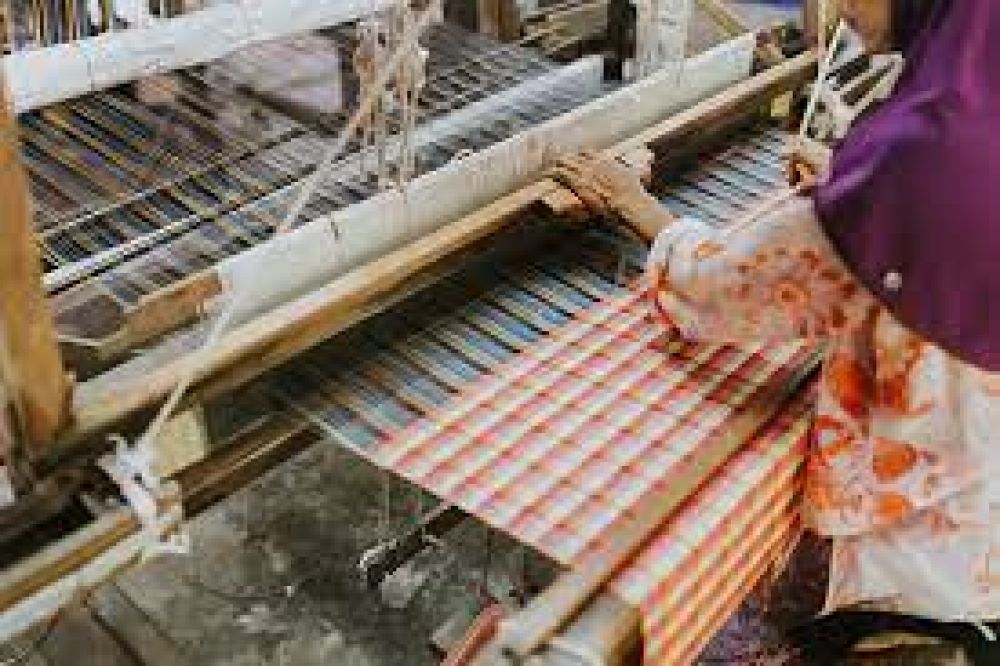

The Lotus Weaving Center is located in the unique and captivating region of Inle Lake, Nyaungshwe, in Shan State, Myanmar. Renowned for its serene beauty and the distinctive lifestyle of its inhabitants, Inle Lake has always attracted curious visitors. The lake is famous for its floating villages, gardens, and the iconic leg-rowing fishermen.
Tourism at Inle Lake began to grow significantly in the mid-to-late 20th century, despite Myanmar's political challenges and periods of isolation. Travelers were drawn to the cultural authenticity and the allure of the local crafts, which include silk weaving, silverwork, and, of paramount interest, lotus weaving.
The Lotus Weaving Center itself became a focal point for culturally-minded tourists looking to witness and understand the intricate and labor-intensive process of creating textiles from the fibers of the lotus plant. This unique art form is indigenous to the area and is an intangible cultural heritage of the Inle Lake community.
Lotus weaving at Inle Lake is a traditional craft that dates back several centuries. It is said to have been initially reserved for high-ranking monks and the royalty of Myanmar, making the fabric highly regarded and valued. With time, its significance has transcended to become not only a symbol of the region but also an important income source for the local weavers.
The process involves extracting delicate fibers from the stems of lotus plants, which are then delicately spun into thread and ultimately woven into a special fabric. The end products are high-quality textiles that are turned into various items, including traditional robes, scarves, and other garments.
Eco-tourism has become an increasingly prominent trend in the region, with visitors looking to enjoy the lake's natural environment sustainably. This has led to a rise in community-based tourism initiatives, particularly those that embrace local culture, such as the Lotus Weaving Center.
Experiential tourism is another trend, with travelers seeking authentic encounters, including participating in traditional crafts workshops. The Lotus Weaving Center often provides demonstrations and allows visitors to observe the weaving process up close, delivering a true local experience.
Cultural preservation efforts have also sparked interest among tourists who wish to contribute to maintaining the area's heritage. Supporting local crafts like lotus weaving is a way for tourists to help preserve traditional practices and ensure they continue to be passed down through generations.
With Myanmar opening up more to international travelers, sustainable tourism development in the Inle Lake region, including at the Lotus Weaving Center, continues to be a key focus to ensure that this unique cultural gem is protected for future generations while providing economic benefits for the local community.